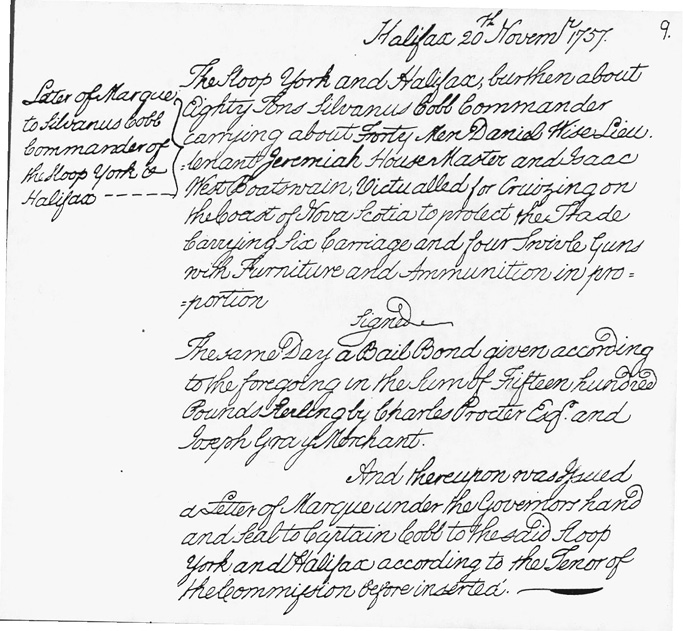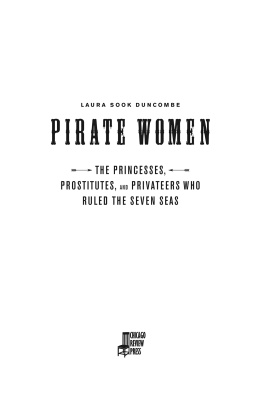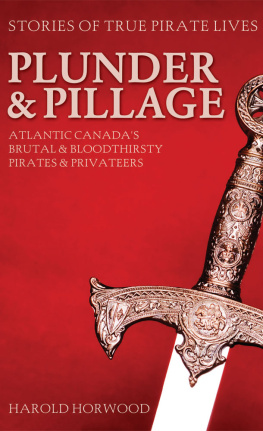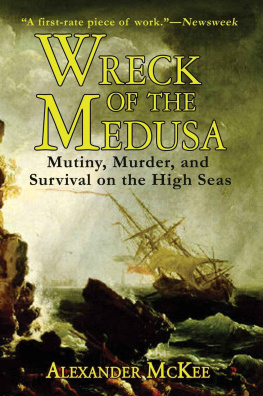Comments on other Amazing Stories from readers and reviewers
Tightly written volumes filled with lots of wit and humour about famous and infamous Canadians.
Eric Shackleton, The Globe and Mail
The heightened sense of drama and intrigue, combined with a good dose of human interest is what sets Amazing Stories apart.
Pamela Klaffke, Calgary Herald
This is popular history as it should be... For this price, buy two and give one to a friend.
Terry Cook, a reader from Ottawa, on Rebel Women
Glasner creates the moment of the explosion itself in graphic detail...she builds detail upon gruesome detail to create a convincingly authentic picture.
Peggy McKinnon, The Sunday Herald, on The Halifax Explosion
It was wonderful...I found I could not put it down. I was sorry when it was completed.
Dorothy F. from Manitoba on Marie-Anne Lagimodire
Stories are rich in description, and bristle with a clever, stylish realness.
Mark Weber, Central Alberta Advisor, on Ghost Town Stories II
A compelling read. Bertin...has selected only the most intriguing tales, which she narrates with a wealth of detail .
Joyce Glasner, New Brunswick Reader, on Strange Events
The resulting book is one readers will want to share with all the women in their lives.
Lynn Martel, Rocky Mountain Outlook, on Women Explorers
Pirates and Privateers
Swashbuckling Stories of the East Coast
Joyce Glasner
James Lorimer & Company Ltd., Publishers,
Toronto
To Alexa, Judith, Richard, and Karen

Prologue
June 1780, Trepassey, Newfoundland
It was the music that first caught their attention. As the sun rose over the jumble of shacks and wharves lining the harbour, the sound of blaring bugles and beating drums shattered the early morning stillness. The music drew cooks, fishermen, and fish-splitters to the wharves, where they strained to catch a glimpse of the large schooner drifting down the harbour. The spectacle of a vessel blasting out marching music at that hour of the morning was amusing at first. But as the schooner drew nearer, the roar of cannon fire began to punctuate the music, and the spectators grew nervous. Suddenly, a young boy catching sight of the black flag flying from her mast shouted Pirates! and a wave of anxiety washed over the crowd. Anxiety turned to terror when they realized the schooner was none other than the , flagship of the infamous Bartholomew Roberts, one of the most feared pirates of his time.
With no blockhouse or battery to protect them, Trepasseys 1200 residents were virtually defenceless. When the Royal Rover was within firing range, she turned her guns on the dozens of fishing boats and merchant schooners crowding the harbour. Everyone ran for cover as she blasted one vessel after another out of the water. Once most of the schooners were destroyed, the Rover s boats were lowered into the water. A curtain of smoke hung over the harbour and smouldering debris drifted on the current as an army of cutthroats clamoured into the boats and rowed to shore.
Most of the men of Trepassey knew better than to try to resist the pirates. Those who didnt were savagely beaten or shot. Many grabbed what valuables they could and scattered off into the barrens. Others stood by, watching helplessly as the marauders plundered the remaining vessels and looted the merchants shops and warehouses. Like fiends, the pirates smashed open barrels and crates, destroying anything they didnt want, and taking what they did.
Once Black Bart and his crew had thoroughly ransacked the village, they set fire to several shacks and stagings along the waterfront and then climbed back aboard the Royal Rover , sailing out of the harbour with trumpets blaring and black flag flying.
PART I: THE PRIVATEERS
Chapter 1 Terrorizing the Towns
Since his arrival in Nova Scotia in 1762, Simeon Perkins had been one of Liverpools leading citizens. The 45-year-old native of Norwich, Connecticut, was a prominent merchant and ship owner, as well as a magistrate, town clerk, county treasurer, and local militia colonel. After 18 years of almost single-handedly maintaining law and order in the town, Perkins was accustomed to dealing with all manner of crises. This situation, however, seemed dire. Several American vessels had slipped undetected into the harbour during the night. And, according to Snow, at that very moment the town was besieged by at least 500 heavily armed privateers.
After considering the situation, Perkins sent Roger out to muster all the remaining militia members. Once they had armed themselves, they were to rendezvous back at Perkins house. Although this was the first time the town had actually been invaded by privateers, the militia colonel had been anticipating an incident such as this for months. While waiting for Roger and the others to return, he contemplated possible strategies for dealing with the invaders.
At that time, many believed that pirates and privateers were one and the same thing. And though it was true that on occasion privateers were known to behave as wantonly as pirates, there were certain distinctions between the two. Privateering was, in fact, a form of warfare authorized by the Crown. In times of war, governors issued special licences, or letters of marque, to armed, privately owned vessels known as privateers. (The captains and crews of these vessels were also known as privateers or privateersmen). A letter of marque granted a privateer the right to distress and annoy the Trade of all His Majestys enemies. Furthermore, it entitled the privateer owner to claim all vessels & property of every kind as prizes. Once the Court of Vice Admiralty deemed the prizes legal, the privateer owners were free to auction off the goods and pocket the proceeds.

The letter of the Privateer York
Privateering had been ongoing in Atlantic Canada since the settlement of Acadia early in the 17th century. But it wasnt until the Seven Years War (17561763) that significant numbers of Nova Scotians began outfitting vessels for battle and applying for letters of marque. At that time, most ships sailing under the Red Jack ensign of the privateers hailed from Halifax. Although Liverpool, Nova Scotia, would eventually gain prominence as the privateering capital of British North America, it didnt enter the fray until the beginning of the American War of Independence in 1776.
By 1780, the revolution was in its fourth year, and privateering activity was rampant along Nova Scotias shores. Furious that their northern neighbours had refused to support them in their struggle for independence, the New England rebels had embarked on a vicious campaign of reprisal and retribution. Hordes of New England privateers had sailed north to harass Nova Scotias coasting trade and terrorize its towns. The raid on Liverpool that fall was just one of many on Nova Scotias vulnerable towns and villages during the War of Independence.
Before long, Roger Perkins returned home with bad news. It seemed many of the townspeople were disheartened by what appeared to be a hopeless situation. They feared if they put up a struggle it would only serve to incite the wrath of the privateers a fear that wasnt completely unfounded. Stories of buccaneers plundering towns throughout the region were widespread at that time. Just five years earlier, a band of privateers had attacked Charlottetown, St. Johns Island (now Prince Edward Island), threatening to burn the entire town to the ground if anyone tried to resist. With this and other such incidents in mind, the residents of Liverpool felt it would be in their best interest to surrender to the marauders. But, as a merchant and ship owner, Simeon Perkins had suffered too many financial losses at the hands of Yankee privateers during this war already. He wasnt about to give in without a fight.












